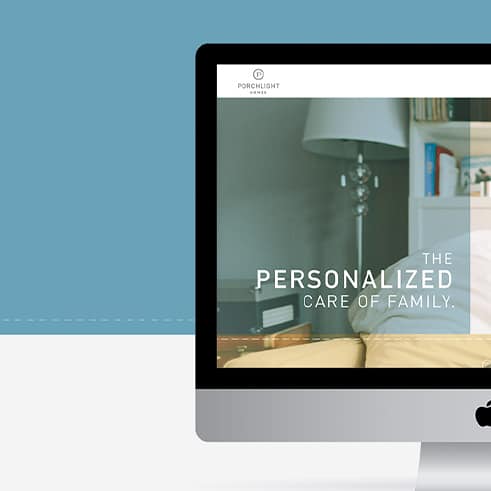Billboard advertising is a powerful tool in the marketing arsenal, offering businesses the opportunity to reach a broad audience with eye-catching, impactful messages. This traditional form of advertising has evolved over the years but remains a staple for brands aiming to increase visibility and drive engagement.
What is Billboard Advertising?
Billboard advertising refers to the use of large outdoor boards, typically positioned along busy roads and highways, to display advertisements. These advertisements are designed to capture the attention of drivers and pedestrians, making a strong visual impression that can influence consumer behavior. Billboards are known for their size and visibility, making them an effective way to communicate with a large audience quickly.
Different Types of Billboard Advertising
- Static Billboards: The traditional form, featuring printed graphics on a large board. These are typically placed in high-traffic areas and offer long-term visibility.
- Digital Billboards: These use LED screens to display advertisements. Digital billboards can show multiple ads in rotation, allowing for dynamic and time-sensitive content.
- Mobile Billboards: These are billboards placed on the sides of trucks or buses. They can travel to different locations, increasing the reach of the advertisement.
- Interactive Billboards: These incorporate technology to engage audiences, such as touch screens, QR codes or augmented reality features.
- Tri-Fold Billboards: These billboards rotate between three different ads, providing multiple advertising opportunities within a single space.
Cost of Billboard Advertising
The cost of billboard advertising varies widely depending on several factors, including location, size, type and duration. Billboards in high-traffic urban areas command higher prices than those in rural or less-trafficked areas. Larger billboards are more expensive than smaller ones, and digital or interactive billboards generally cost more than static ones due to the technology involved. The length of the campaign also affects the overall cost, with longer campaigns typically offering better rates per month compared to shorter ones.
How Effective is Billboard Advertising?
Billboard advertising is highly effective for several reasons:
- High Visibility: Billboards are hard to ignore due to their size and strategic placement.
- Repeated Exposure: Commuters and travelers often pass the same billboard multiple times, reinforcing the message.
- Broad Reach: Billboards can reach a diverse audience, making them ideal for brand awareness campaigns.
- Targeted Locations: Placing billboards in specific areas allows advertisers to target demographics based on location.
Studies show that over 70 percent of consumers look at billboard advertisements, and about 50 percent have reported being highly engaged with the content. Additionally, billboards have a high recall rate, with many people remembering the ads they see while driving or walking.
How to Design an Effective Billboard
Designing an effective billboard requires attention to several key elements. Simplicity is crucial; the message should be clear and concise, using minimal text and focusing on a strong visual element. Bold graphics and high-quality images with vibrant colors attract attention. Readable fonts in large sizes ensure that the message can be read from a distance. It’s essential to ensure your logo and brand elements are prominently displayed. Including a clear call to action, such as a website URL, phone number or social media handle helps direct the audience to the next step.
How are Audiences Measured?
Audience measurement for billboards involves several methods:
- Traffic Data: The number of vehicles passing the billboard location is tracked using data from transportation departments.
- Demographic Analysis: This includes analyzing the types of people likely to pass by based on nearby businesses, residential areas and traffic patterns.
- Digital Tracking: For digital billboards, some advanced systems can use cameras and sensors to count the number of viewers and even estimate demographics.
These measurements help advertisers understand the potential reach and impact of their billboard campaigns, allowing for better planning and optimization.
How to Choose the Best Location
Choosing the right location is crucial for the success of a billboard campaign. Consider the following factors:
- Traffic Volume: High-traffic areas ensure maximum visibility and reach.
- Target Audience: Choose locations where your target demographic is likely to be.
- Proximity to Business: If you’re advertising a local business, placing billboards nearby can drive foot traffic.
- Competition: Avoid areas with a high concentration of competing advertisements.
- Visibility: Ensure the billboard is unobstructed and easily seen by passersby.
Campaign Length
The length of a billboard campaign can significantly affect its effectiveness. Short-term campaigns (1-3 months) are suitable for promotions or event advertising, while long-term campaigns (6-12 months or more) are better for building brand awareness and reinforcing messages over time.
Billboard advertising remains a potent medium for reaching a wide audience and achieving marketing goals. By understanding the different types, costs, effectiveness, design principles, audience measurement, location selection and campaign length, businesses can optimize their billboard campaigns for maximum impact. Whether you’re looking to boost brand awareness, promote a product or drive traffic to your business, billboards offer a versatile and powerful advertising solution.
If you are interested in billboard advertising and want to learn more, contact Commit Agency today, and let’s talk!




























